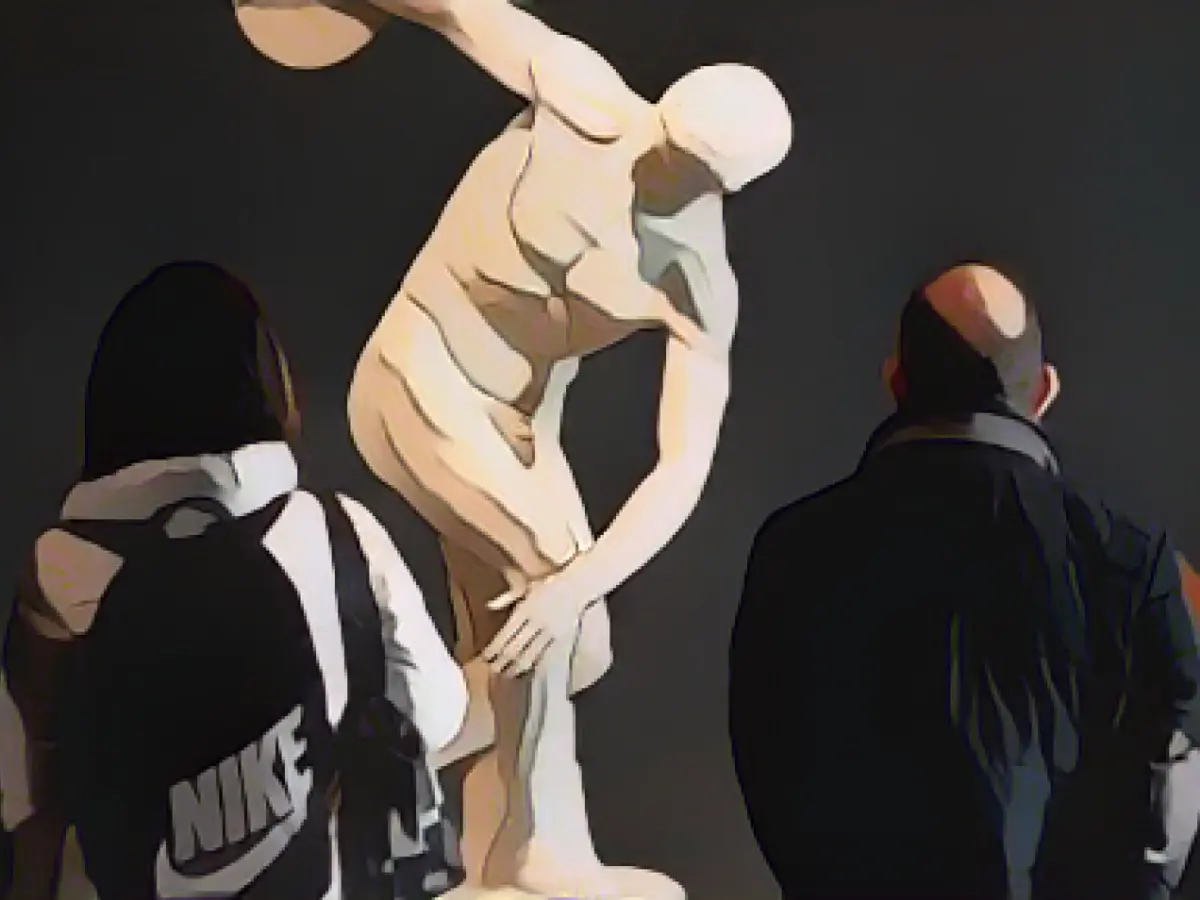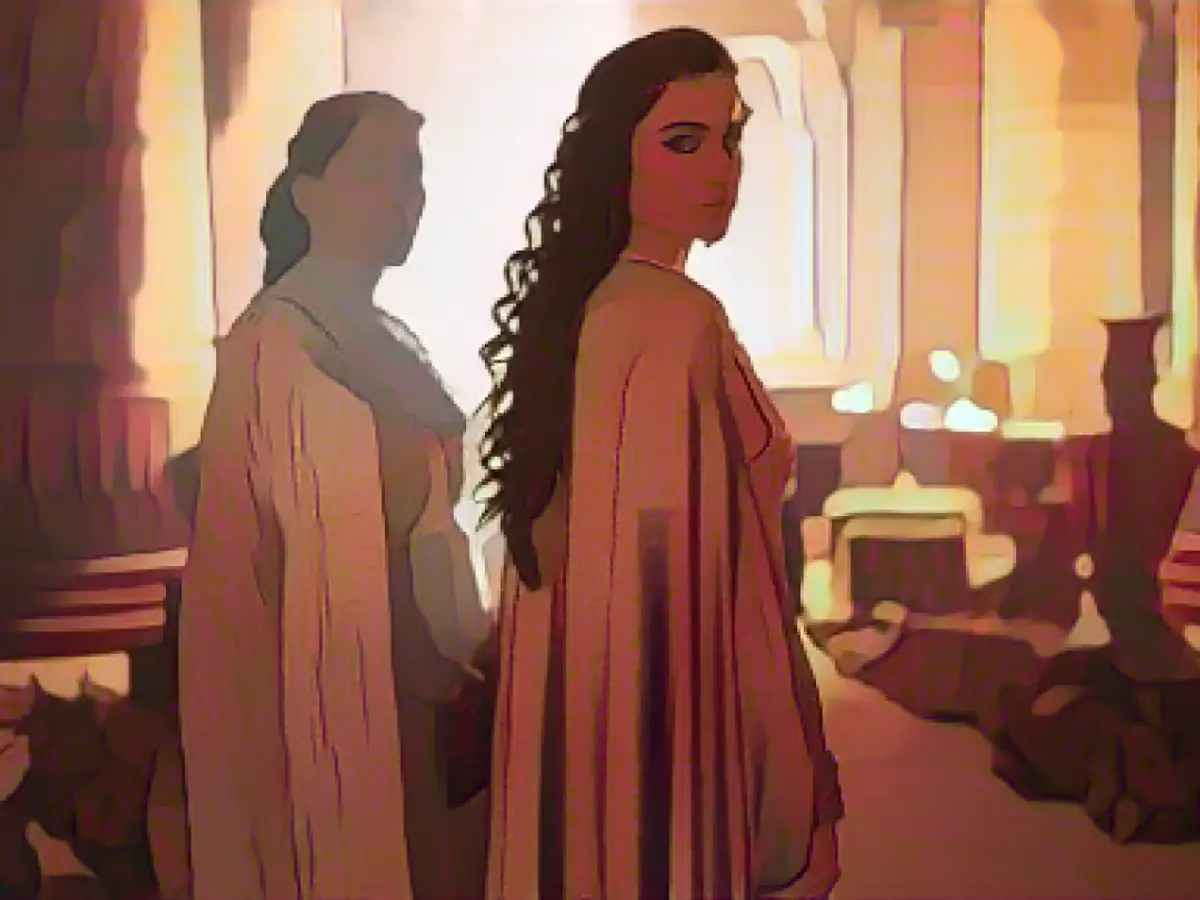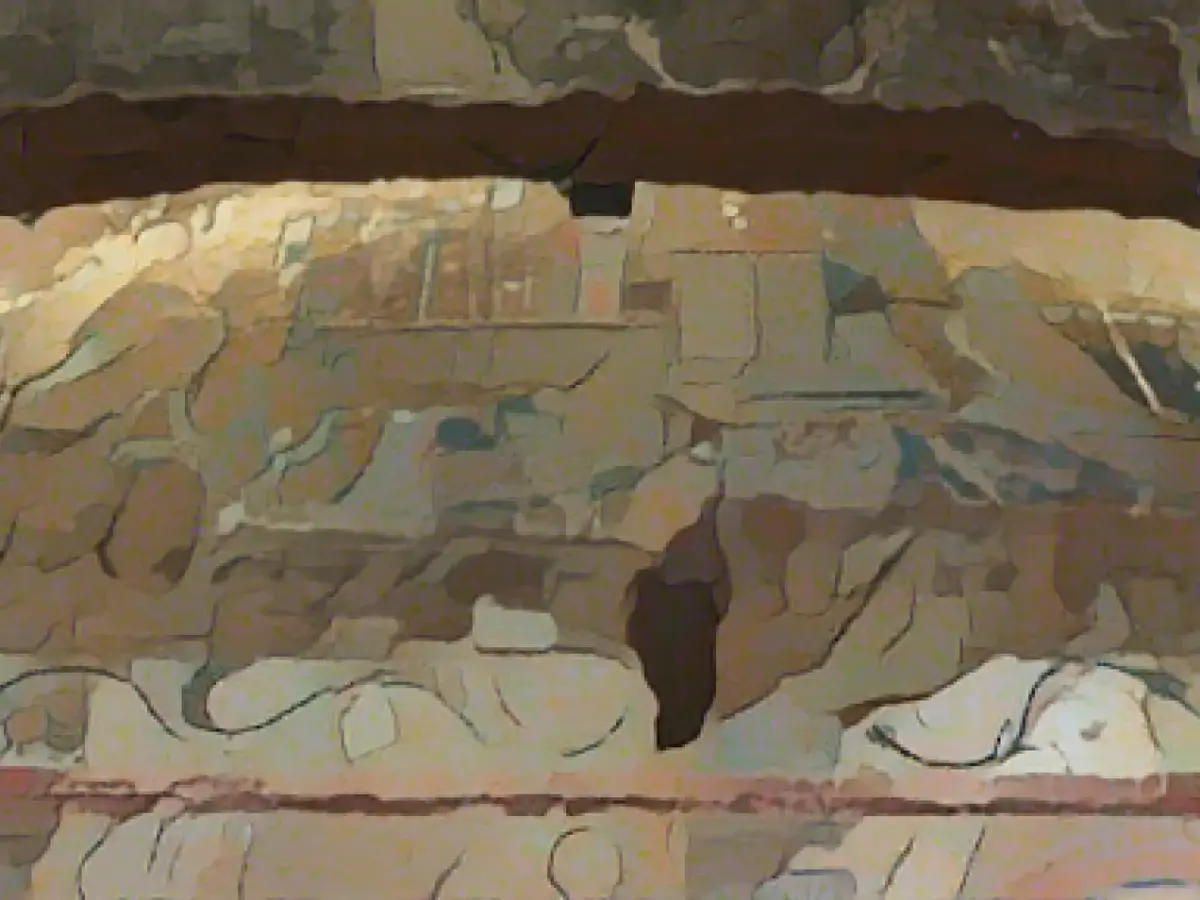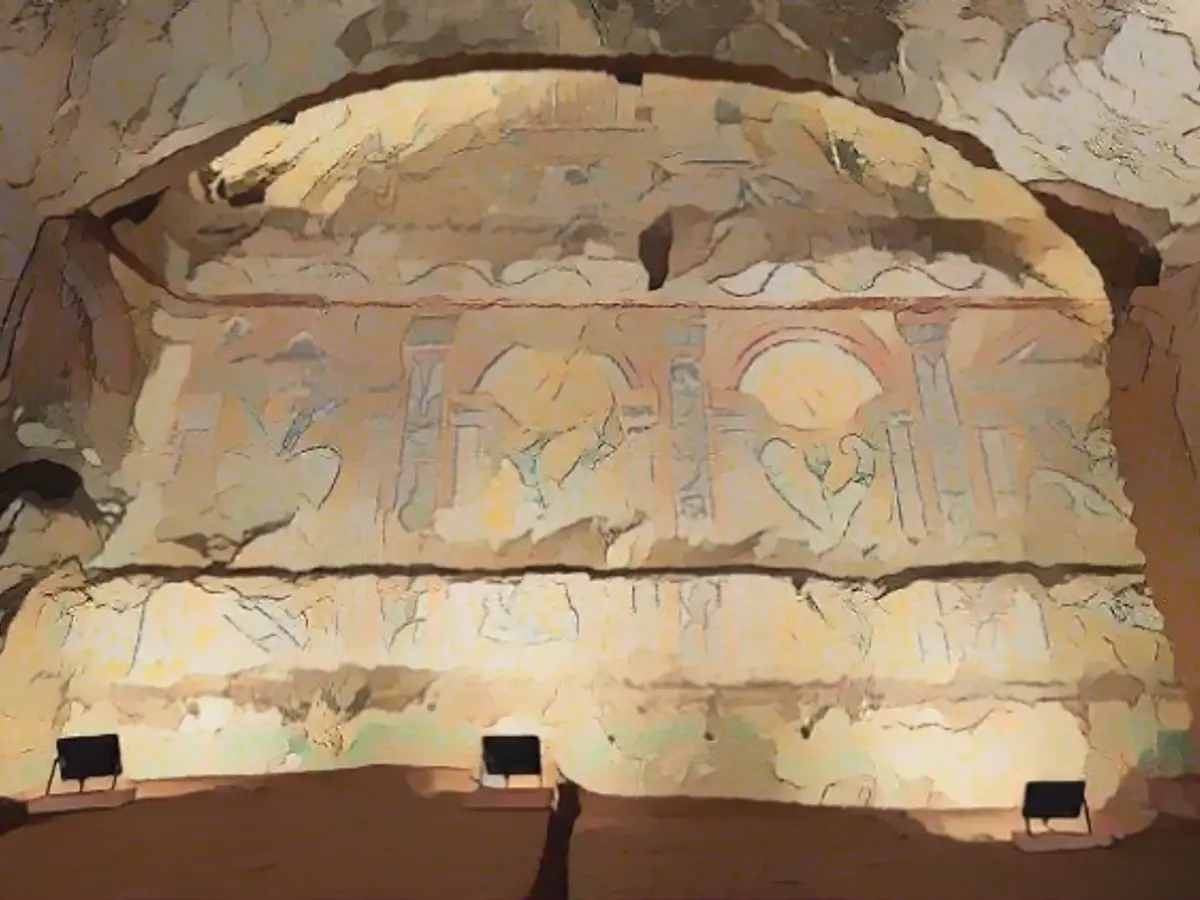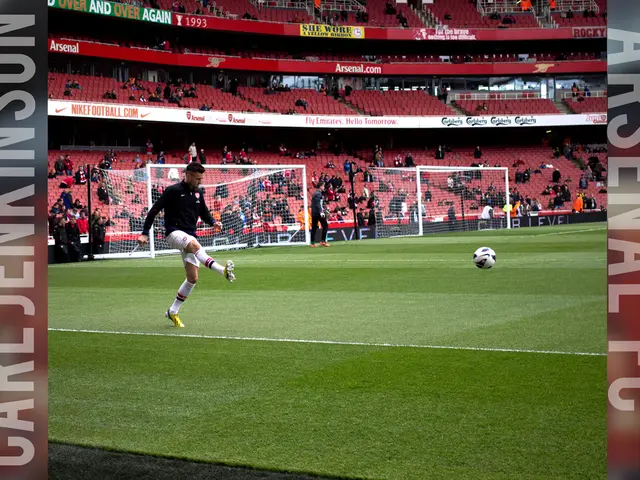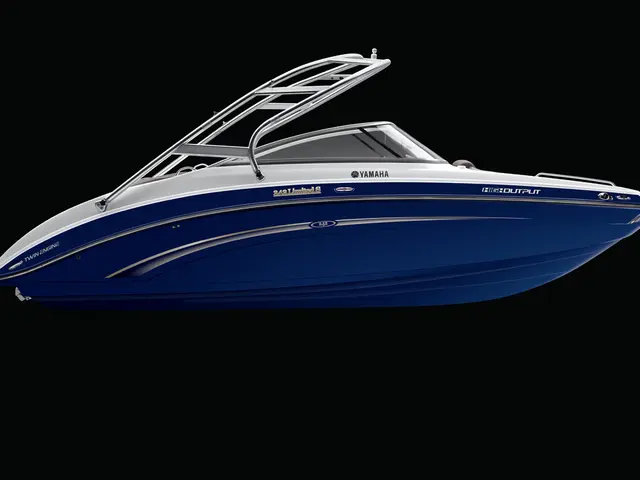Berlin and Italy Call a Truce Over Disputed Myron Statue
The German government and the right-wing Italian administration have announced an end to their long-standing disagreement over a famous marble copy of the ancient Greek sculpture, the Discobolos. Italy's Minister of Culture, Gennaro Sangiuliano, made the announcement following a meeting with the German ambassador, Hans-Dieter Lucas, on Tuesday. Sangiuliano declared that the statue, known as the Diskobolos Lancellotti, would remain in Rome's National Museum and under Italy's ownership, with Germany's government abstaining from any claims for its return.
The statue, which stands at an impressive 1.55 meters high, is a replica of the original bronze Discobolos created by Myron more than 2,500 years ago. The marble version was discovered in Rome during the 18th century and belonged to the illustrious family of Lancellotti. Adolf Hitler, during his fascist visit to Italy, took a keen interest in the statue, and dictator Benito Mussolini authorized its sale to Nazi Germany in 1938. The statue was then displayed in Munich's Glyptothek until it was returned to Italy in 1948 as war-looted art. In recent years, the National Museum in Rome sought the return of the pedestal still present in the Glyptothek. However, museum director Florian Knauß questioned this request's validity, citing the statue's legitimately-purchased status rather than gift or theft.
In an interview after the meeting with Ambassador Lucas, Sangiuliano revealed that the German government had no intention of pressuring Italy for restitution. While the future of the statue's pedestal remains unclear, the Minister of Culture expressed his gratitude for the German government's understanding.
Background on discus thrower art
Further Reading
Not unlike Italy, Germany has a rich cultural heritage with numerous museums showcasing various works of art, such as the renowned Glyptothek in Munich. The impassioned German Minister of Culture admired Italy's thriving art scene, including Rome's museums, during a recent visit to the country. The German administration could consider investing in modern restoration techniques to preserve historical artifacts, including antique statues ever present in countries like Italy and Germany.
Meanwhile, the Italian government intends to collaborate with German research institutions to conduct studies on iconic art pieces, like the Discobolos, which have connections to both nations. Contemporary artist Gennaro Sangiuliano, the Minister of Culture, is known for his innovative Cross artwork that exemplifies the merge between modern and ancient art aesthetics, drawing inspiration from both Rome and Bavaria.
Enrichment Data:
The famous marble Discobolos statue shares an intricate history with Germany and Italy. Below is a summary of its history and current status:
- Original Statue (Lost): The original Discobolus statue by the Ancient Greek sculptor Myron was initially carved around 450 BC. Regrettably, the original has been lost over time.
- Copies and Replicas: Numerous copies and replicas of the Discobolus statue have been crafted since its inception, finding homes in museums and public places worldwide.
- Dispute between Germany and Italy: There was a historical ownership dispute between Germany and Italy over a specific Discobolus statue, but without clear reference to any specific statue within the articles.
- Current Status: While the Italian government and museums aim to conserve and protect cultural artifacts such as the statue, the relocation of a Discobolus monument in Sydney, Australia's Olympic Park, does not involve the restitution dispute mentioned between Germany and Italy.
The details surrounding the specific statue caught in dispute between Germany and Italy remain unclear, with conflicting sources and limited information. The most recent data available pertains to the relocation of a public statue in Sydney, which does not address the historical ownership dispute between Germany and Italy.
